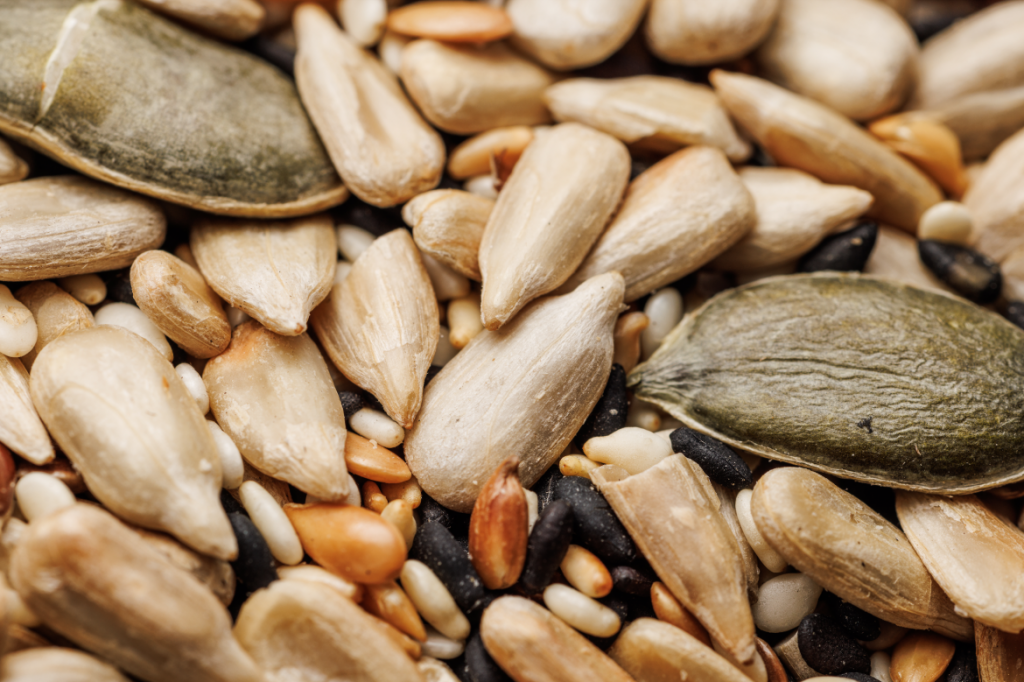You’ve heard of skin cycling, but have you heard of seed cycling? While it may not be the next best step to your skincare routine, seed cycling could be the key to regulating your hormone cycle, boosting fertility, and even lessening symptoms of PCOS.
What is seed cycling?
Seed cycling is a natural approach used by women to support hormonal balance in the body.
It involves consuming specific types of seeds during different phases of the menstrual cycle to promote the production and balance of estrogen and progesterone.
The menstrual cycle consists of two main phases: the follicular phase and the luteal phase. The follicular phase begins on the first day of menstruation and lasts until ovulation occurs, typically around day 14 in a 28-day cycle. The luteal phase follows ovulation and lasts until the start of the next menstrual cycle.
During seed cycling, different types of seeds are consumed during each of these phases of the menstrual cycle to support hormone production.
The seeds commonly used are flaxseeds, pumpkin seeds, sunflower seeds, and sesame seeds.
How does seed cycling work?
Let’s look at how skin cycling works throughout the follicular phase and luteal phases:
Follicular phase
Day 1 to ovulation: During this phase, ground flaxseeds and pumpkin seeds are consumed. Flaxseeds are rich in lignans and omega-3 fatty acids, which can help promote estrogen production. Pumpkin seeds contain zinc, which supports progesterone production.
Try: Faithful to Nature Pumpkin Seeds 250g for R74.95.

Try: Dis-chem Lifestyle Food Flaxseed 500g for R56.95.
Luteal phase
Ovulation to Day 1 of the next cycle: In this phase, ground sesame and sunflower seeds are consumed. Sesame seeds contain lignans and healthy fats that support progesterone production. Sunflower seeds are a good source of vitamin E, which can aid in hormonal balance.
Try: Clicks Nature’s Choice Sunflower Seeds 500g for R59.99.
Try: Frut White Sesame Seeds R65.00.
How can I incorporate seed cycling into my diet?
Quite easily, really. These seeds can be consumed along with regular balanced meals. Use them in salads or wraps to add a bit of crunch, or blend them up in smoothies or baked oats for an extra dose of wellness without having to chomp down on any seedy bits.
ALSO SEE: Chia seeds vs flax seeds: which one is healthier?
By Savanna Douglas for Woman&Home Magazine
Feature Image: Getty


